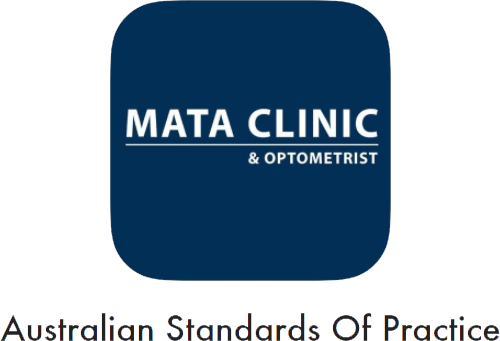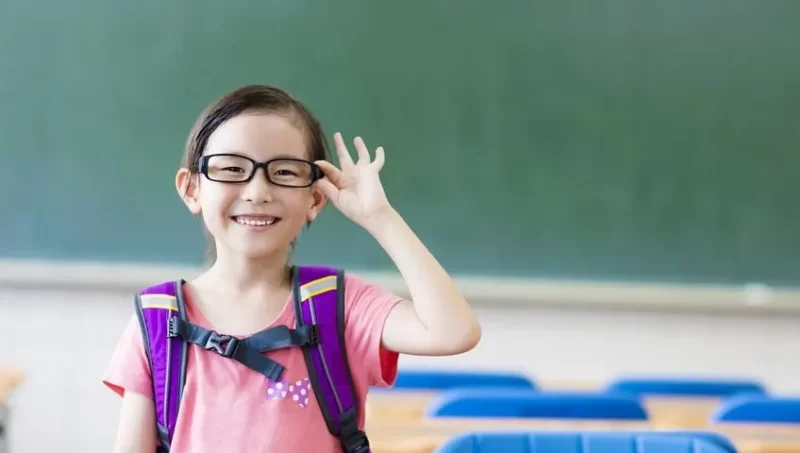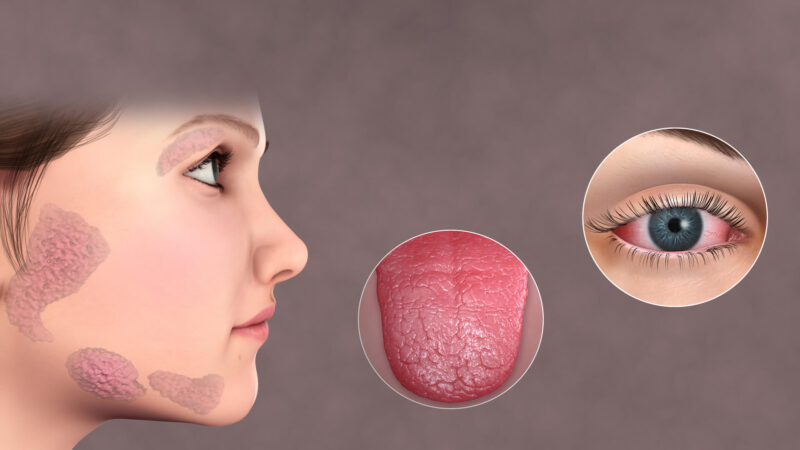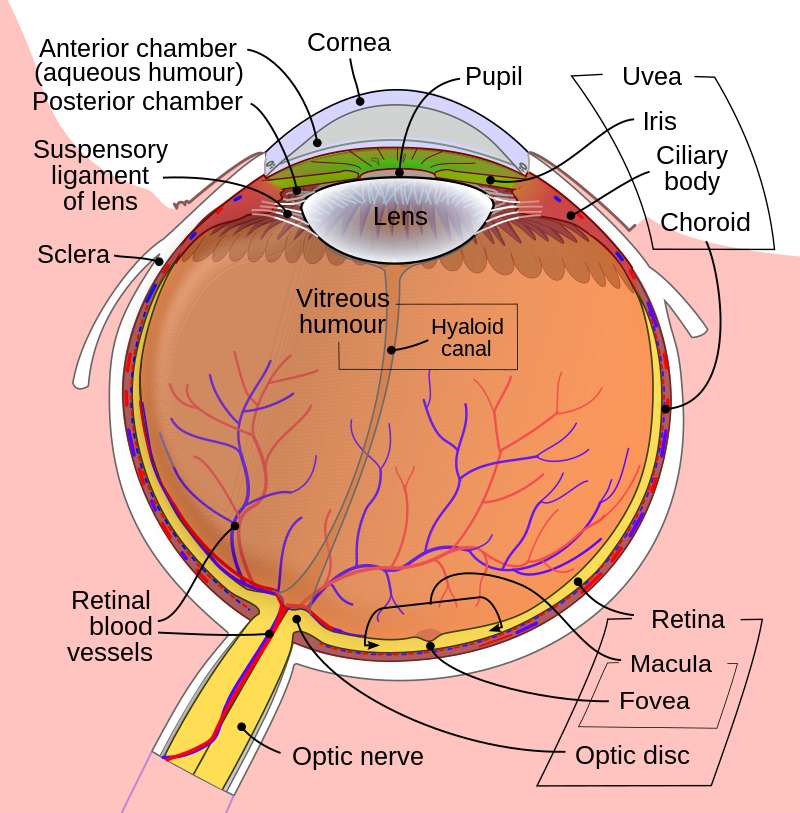Is your child struggling in school? It could be due to an undetected vision problem. Your child may have trouble seeing the whiteboard clearly and therefore lose focus in class. This is just one of the few signs that mean your child might be due for an eye examination.
Undetected vision problems may affect your child’s performance beyond the classroom. Children rarely complain about their vision as they may not realise any problems. Therefore, it is important that you recognise signs showing that your child may have vision problems and require glasses.
Research has shown an increase in screen time of almost 20% for both children and adults in Malaysia during the pandemic. The excessive use of devices constitutes near work. Near work has also been proven to be associated with myopia. Hence, parents should take note of the following behaviors that could indicate vision problems:
1. Squinting
Have you ever noticed your child squinting his eyes, struggling to see something in front of him? Squinting is a natural reaction in an attempt to see things clearly. This helps to improve the vision momentarily. By squinting, we create a pinhole effect by allowing only a small amount of light into the eye, hence resulting in a clearer image. If you catch your child squinting, he/she could be compensating for poor vision and should have their vision checked.
2. Sitting too close to the television or holding devices too close
The general rule of thumb is to be at least 5 times the distance from the screen. This is because the screen is wide. If your child is sitting abnormally close to the television, holding his device way too close, or lowering his head while reading, it could be a sign of nearsightedness. Also known as myopia.
Nearsighted children have clear vision at a close range and blurry vision at a distance. By moving closer to the objects, it brings the object to their focal point. This then makes the image bigger. So if you catch your child moving closer to objects, it may be time for an eye examination. This is because vision problems may become worse with time if uncorrected.
3. Rubbing eyes excessively
Excessive eye rubbing may be an indication of eye fatigue or strain. It can also be a sign of many vision problems. Rubbing our eyes also has negative consequences and serious repercussions on our eyes. This is especially if we have pre-existing eye conditions like myopia and glaucoma.
4. Tilting the head
Children may tilt their heads to adjust the angle of vision. By doing that, it compensates for eye misalignments. This could be a sign of muscle imbalance or amblyopia. It is also known as the lazy eye. They tilt their heads so as to relieve the strain on their eyes and/or minimise their double vision. At times, they could also tilt their heads to correct a refractive error by squinting.
5. Covering one eye
Your child could be covering one eye if he/she has better vision in one eye and poorer vision in the other. They could be covering the eye with the poorer vision so that it does not affect the vision while they look at something. By covering one eye, it could be a sign of double vision or even other vision problems. If uncorrected, it could increase the risk of developing amblyopia.
You may book an appointment for your child at www.mataclinic.com






Recent Comments